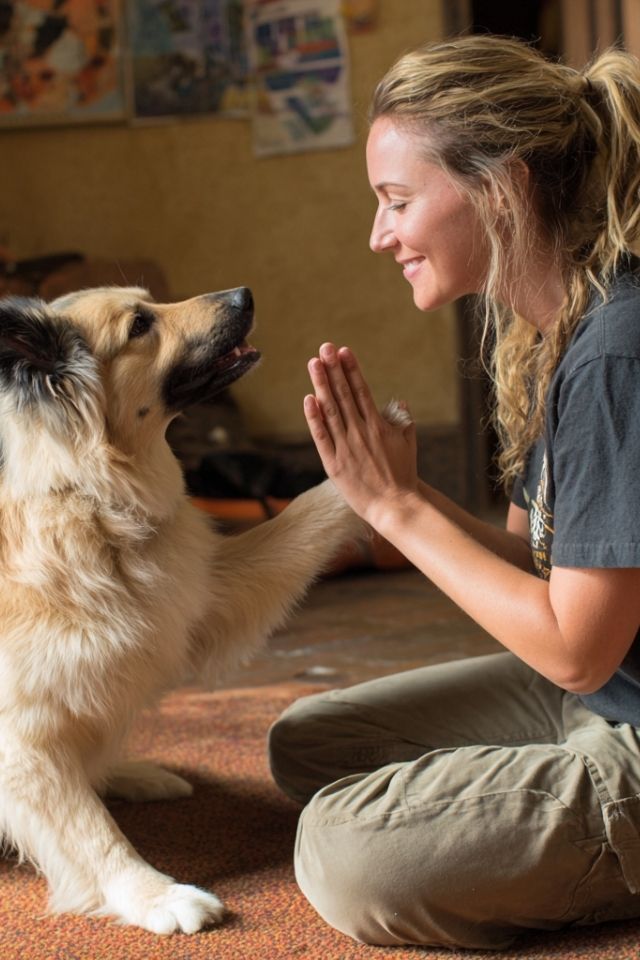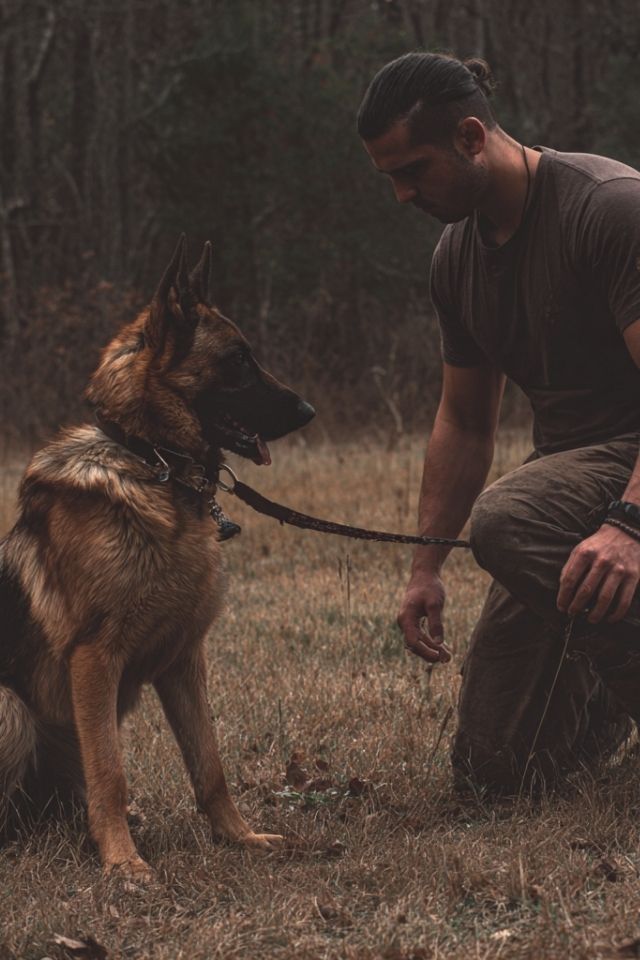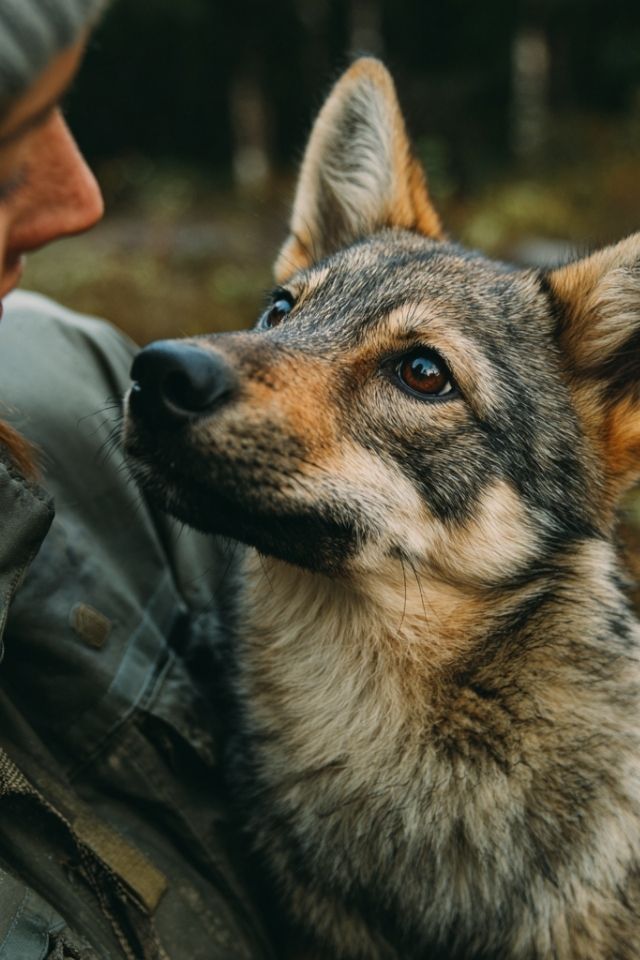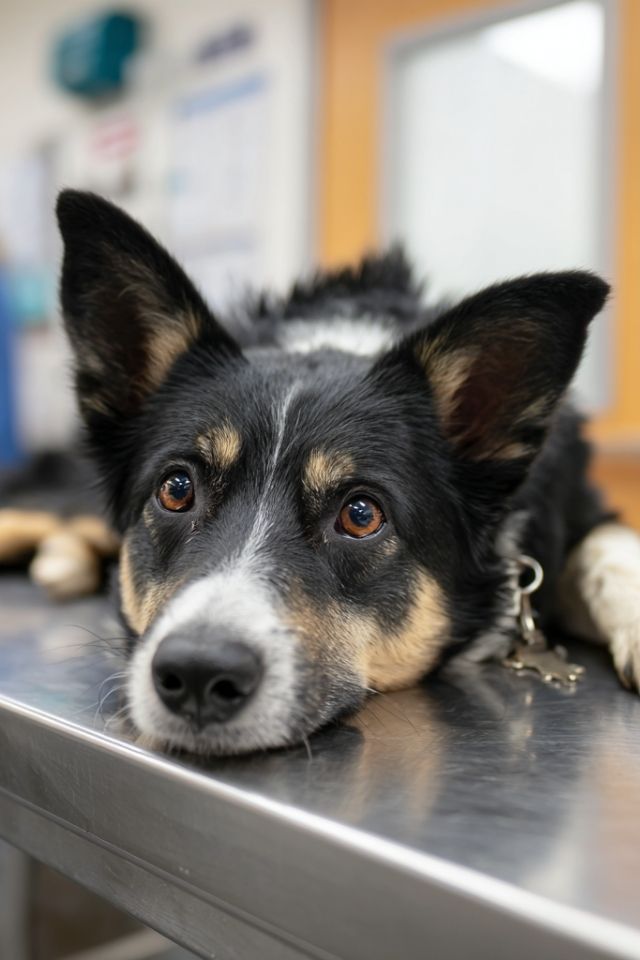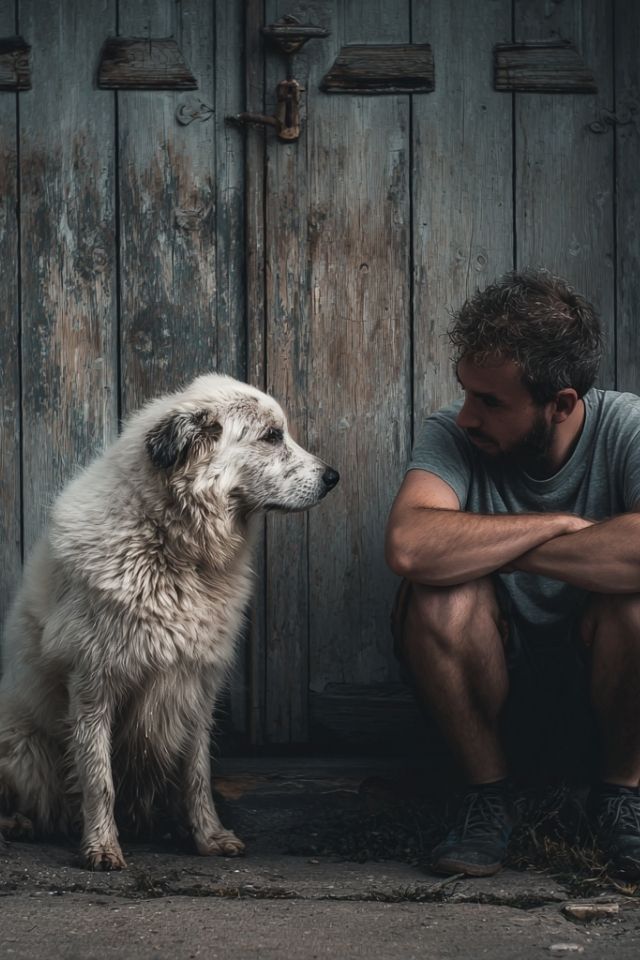The Urban Symphony of Connection
Picture this: It’s 6 AM in a 500-square-foot apartment, and through the thin walls comes the familiar sound of your neighbor’s alarm. Your dog’s ear twitches—not in annoyance, but in recognition. This is the morning symphony they’ve learned to read like sheet music. In this moment, you realize something profound: over 40% of city dogs are composing similar morning songs, learning that home isn’t measured in acres but in the depth of understanding between two souls sharing close quarters.
The truth about apartment living with dogs isn’t written in square footage—it’s written in the invisible threads that connect you to your four-legged companion when space itself becomes irrelevant. This is where the NeuroBond thrives, not despite the limitations, but because of them. When you can’t give your dog a backyard, you give them something far more precious: your undivided presence, your creative spirit, your commitment to understanding their every subtle communication.
Your apartment dog doesn’t just adapt to small spaces; they become philosophers of compression, masters of finding infinity within boundaries. Watch them develop what I call “condensed play behaviors”—those magnificent bursts of joy that explode like fireworks in your living room before settling into contented stillness. This isn’t compromise; it’s evolution in real-time, the beautiful dance of adaptation that deepens your Invisible Leash connection.
Reading the Silent Language of Confined Souls
There’s a moment every apartment dog parent knows intimately—that pause when your dog stands at the window, watching life unfold three stories below. Their body tells a story your heart must learn to read. The slight tension in their shoulders whispers of barrier frustration, while the soft sigh speaks of acceptance, of finding peace within limits.
In these small spaces, stress doesn’t announce itself with grand gestures. It arrives quietly, like morning fog: a lingering gaze at the door that lasts two seconds too long, the way they lick their lips when the upstairs neighbors start their evening dance routine, or how they seek out the bathroom floor—not because they’re thirsty, but because they’re writing you a letter that says, “I need a moment of cool, quiet darkness.”
Your herding dog, bred for endless horizons, now scans your studio apartment with the same intensity their ancestors watched sheep. That Border Collie shadow-chasing isn’t misbehavior—it’s poetry written by genetics trying to find expression within four walls. Meanwhile, your French Bulldog curls into the exact shape of your apartment’s soul, as if they were designed by an architect who understood that some hearts are meant for close quarters.
This is where Soul Recall becomes essential—not calling your dog back from physical distance, but calling them back from the edge of overwhelm, using your voice as an anchor in the sensory storm of apartment living.
The Sacred Art of Small-Space Training
Forget everything you know about traditional dog training. In an apartment, you’re not teaching commands—you’re choreographing a dance in a phone booth, and somehow, miraculously, making it beautiful. This is where training transcends technique and becomes art.
Picture teaching “calm waiting” while your neighbor’s Yorkie performs its evening aria in the hallway. You’re not just teaching your dog to stay—you’re teaching them that excitement doesn’t require action, that sometimes the most powerful response is stillness. Each successful moment strengthens the NeuroBond, those invisible neural pathways that connect your calm to theirs.
The mat becomes more than a place—it transforms into a portable sanctuary, a magic carpet that says, “Here, in this sacred square, the world’s chaos cannot touch you.” Watch as your dog learns to carry this invisible bubble of peace wherever they go, even into the elevator that smells like seventeen different dinners and three cats.
Sound desensitization in apartments isn’t about making dogs deaf to their environment—it’s about teaching discrimination, like a sommelier learning to distinguish between wines. That elevator ding? Irrelevant. Your key in the lock? Everything. This is sophisticated emotional intelligence developing in real-time, turning your small space into a laboratory of resilience.
Transforming Limits into Enrichment
In the confines of your apartment, something magical happens: you become an artist of enrichment, a magician of mental stimulation. That cardboard box isn’t trash—it’s tomorrow’s puzzle. The towel isn’t just for drying—it’s a snuffle mat waiting to happen.
Watch your dog’s ancient wolf-brain light up as they hunt for kibble you’ve hidden in paper towel rolls. Three hundred million olfactory receptors firing in symphony, turning your 400 square feet into an infinite landscape of scent. This is where the Invisible Leash strengthens—not through distance work, but through the intimate understanding of what makes your dog’s soul sing.
Vertical space becomes your secret weapon. Install a shelf here, a platform there, and suddenly your apartment isn’t flat—it’s three-dimensional, a climbing gym for the mind. Your dog learns to look up, to think beyond the floor, to understand that solutions exist in unexpected dimensions—a life skill that transcends physical space.
The rotation system—keeping only a few toys out, changing them weekly—isn’t about minimalism. It’s about creating Christmas morning once a week, about understanding that novelty feeds the soul when territory cannot expand.
Creating Sacred Zones in Shared Spaces
Your apartment must become a carefully orchestrated ecosystem where two species dance together without stepping on each other’s paws. This isn’t just interior design—it’s interspecies diplomacy.
The Calm Zone emerges in that corner where afternoon light filters through blinds just so. Here, surrounded by familiar scents and soft textures, your dog’s nervous system remembers how to exhale. This space is sacred—when they retreat here, they’re not avoiding life; they’re practicing the ancient art of self-regulation. Respect this boundary, and watch trust bloom like a garden in a windowsill pot.
The Transition Zone by your door becomes a decompression chamber between two worlds. That small mat isn’t just for wiping paws—it’s where your dog shifts from public to private self, where the Invisible Leash adjusts from social navigation to home frequency. The ritual of arrival and departure here becomes a meditation, a twice-daily practice of mindful transition.
These zones aren’t just spaces—they’re psychological territories that give your dog choice in a world of limitations. Choice is dignity, and dignity is love made visible.
The Urban Sensory Orchestra
Your apartment building is a sensory symphony playing 24/7, and your dog has front-row seats they never asked for. Through the walls come the ghosts of dinner smells, the phantom barks of unseen dogs, the ultrasonic whistle of electronics you can’t even hear. Your dog processes all of this, a constant data stream that would overwhelm any computer.
This is where you become their filter, their translator, their guide through the sensory maze. White noise becomes a blanket of sound, wrapping around sharp edges of sudden noises. That air purifier isn’t just cleaning air—it’s creating olfactory white space, giving your dog’s nose moments to rest.
Watch how strategic furniture placement becomes feng shui for the canine soul. That bookshelf blocking partial window view isn’t limiting—it’s editing, helping your dog choose when to engage with the visual cacophony outside. You’re teaching them that not every movement requires attention, not every sound demands response. This is advanced consciousness, developed in the crucible of confinement.
Nourishing the Confined Spirit
In small spaces, feeding becomes ceremony. Without the physical hunt, the mental hunt must satisfy ancient needs. Watch your dog’s entire being engage as they work through a puzzle feeder—this isn’t just eating; it’s problem-solving that feeds both body and spirit.
Some apartment dogs burn more calories in stillness than others do in motion—the constant vigilance, the processing of multiple sensory inputs, the management of spatial frustration all demand energy. Their metabolism tells the story of their emotional labor. That seemingly lazy apartment dog might be working harder than a farm dog, just in dimensions we don’t immediately see.
The nutrients you choose become more than fuel—they become biochemical support for stress resilience. Those omega-3s aren’t just making coats shiny; they’re cushioning the stress-response system, helping your dog’s brain find calm in the storm of stimuli.
The Journey of Growing Older in Small Spaces
As silver touches your dog’s muzzle, your apartment transforms from challenge to blessing. Those stairs they once bounded up become mountains, but the distance to their water bowl remains mercifully short. This is where apartment living reveals its hidden grace—everything essential stays within reach.
The senior apartment dog develops a different kind of wisdom. They learn that the best spot isn’t always by the window but sometimes in that patch of afternoon sun on the kitchen floor. Their world might shrink, but their connection to you expands, filling every corner of your shared space with invisible threads of companionship.
Cognitive enrichment shifts from physical to philosophical. That old dog learning a new trick isn’t just staying sharp—they’re proving that growth has nothing to do with space and everything to do with spirit. The NeuroBond, developed over years of close-quarter living, becomes their cognitive reserve, a buffer against the fog of aging.
The Truth About Small-Space Love
Here’s what I know to be true: In apartments, the Invisible Leash isn’t stretched by distance but strengthened by proximity. Every challenge becomes an opportunity for deeper connection. Every limitation becomes an invitation to creativity. Every square foot becomes sacred when shared with conscious intention.
Ask yourself not whether your apartment is big enough, but whether your heart is ready for this intensity of connection. Can you read the subtle poetry of your dog’s stress signals? Will you become an artist of enrichment, a maestro of small-space management? Are you prepared to see your 400 square feet not as a limitation but as a canvas for creating something beautiful?
The apartment dogs I’ve known—they’re the philosophers, the adapters, the ones who teach us that home isn’t about space but about the quality of presence we bring to it. They show us that the NeuroBond doesn’t need acres to flourish; it needs attention, creativity, and the willingness to see possibility where others see problems.
Your small space can become a sanctuary where the Soul Recall isn’t about distance but depth, where every day is an exercise in mindful companionship, where the boundaries of walls dissolve in the boundlessness of interspecies love.
Between these walls, something sacred unfolds—a relationship that transcends space, a bond that deepens with every creative solution, every moment of understanding, every time you choose to see your apartment not as a constraint but as a cocoon where your connection with your dog transforms into something extraordinary.
Welcome to the intimate universe of apartment dog life, where less space means more presence, where limitations birth innovations, and where the smallest homes can hold the biggest loves.
